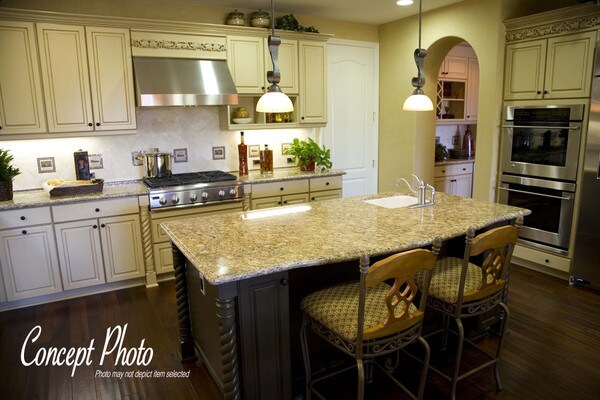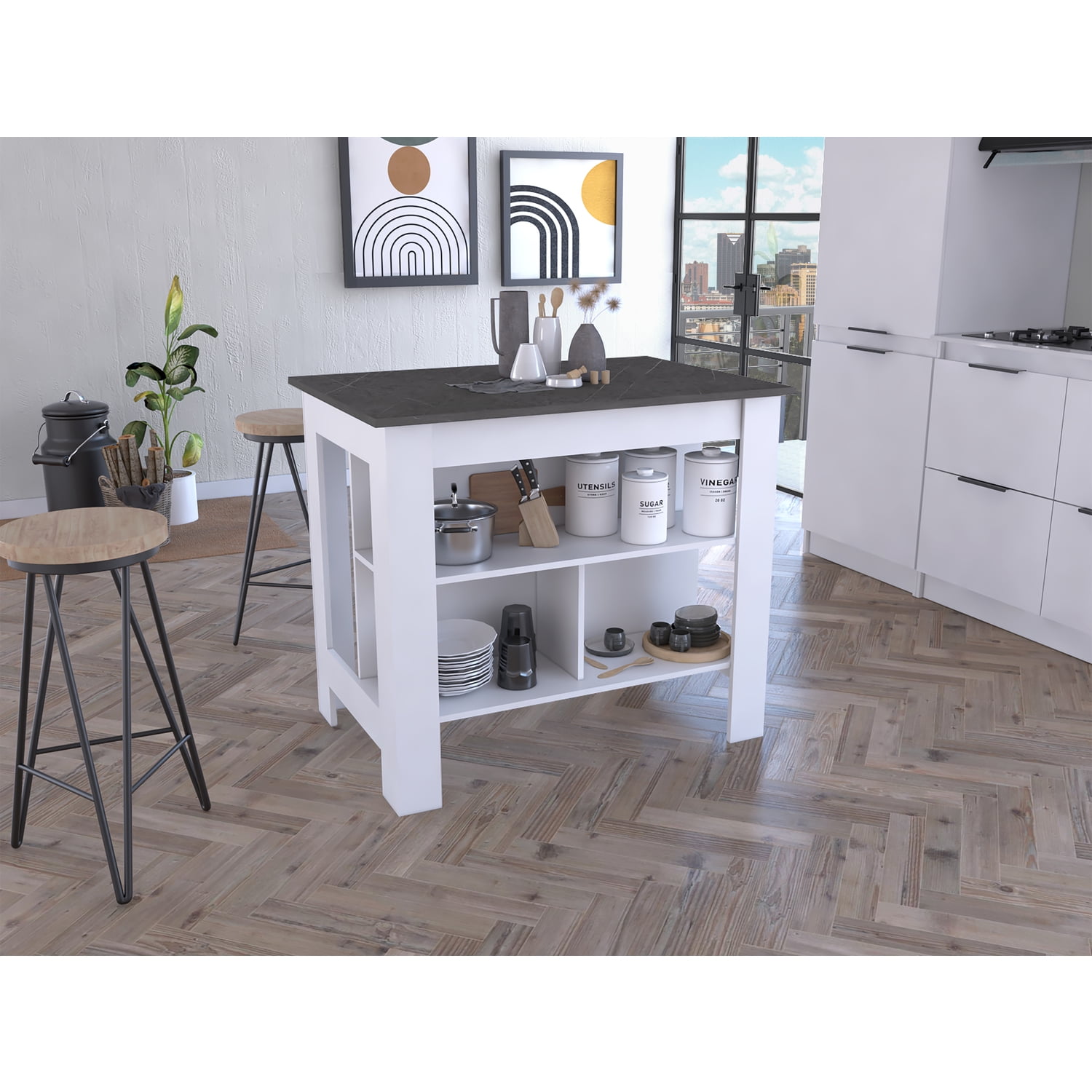Discover Long Lasting and Ornamental Legs For Kitchen Island Improvements
Discover Long Lasting and Ornamental Legs For Kitchen Island Improvements
Blog Article
Essential Factors to Take Into Consideration When Choosing Legs For Cooking Area Island
Selecting the appropriate legs for a kitchen area island entails a cautious assessment of multiple factors that can substantially affect both functionality and aesthetic charm. As we discover these aspects, it comes to be clear that each decision can have far-reaching implications for the general kitchen area experience.
Product Options
When selecting legs for a cooking area island, understanding the various material options is vital for attaining both aesthetic allure and structural honesty (Legs For Kitchen Island). The selection of material significantly influences not only the sturdiness of the island but additionally its general layout and functionality
Metal legs, commonly made from stainless steel or functioned iron, contribute a modern and commercial feel while making certain resilience and security. These materials are resistant to use and can support significant weight, making them excellent for larger islands.
One more alternative is crafted products, like MDF or plywood, which can be extra cost-effective while still using a series of coatings. They might not supply the very same level of security as strong timber or steel. Legs For Kitchen Island. Products such as acrylic or glass can create a modern look, though they may require added assistance to ensure stability.
Ultimately, the choice of material for cooking area island legs ought to straighten with the wanted performance and the overall style of the kitchen area.
Design And Style

When taking into consideration design, the shape and finish of the legs are important. Conical legs can supply a sense of agility and style, while thicker, much more robust legs can convey stamina and security. Furthermore, the coating-- be it painted, tarnished, or all-natural-- should complement the cabinets and counter top materials to develop a unified appearance.
Furthermore, the design of the legs can likewise show personal taste. Customized or ornamental legs, such as those including elaborate carvings or unique geometric forms, can act as focal factors, including character and character to the kitchen. Inevitably, the right choice will not just boost functionality but also elevate the visual charm, making the cooking area island a standout feature of the home.
Height Considerations
Choosing the ideal height for kitchen island legs is vital, as it directly affects both performance and convenience. The typical height for a kitchen island typically ranges from 36 to 42 inches, aligning with typical countertop heights.

It is also important to represent users' heights and choices. Personalizing the height can make certain a comfy experience for all member of the family, making the kitchen area island a more practical and pleasurable room.
Weight Assistance
Guaranteeing sufficient weight assistance for cooking area island legs is important for both safety and functionality. The kitchen area island frequently offers multiple functions, consisting of cooking, dining, and additional storage, demanding a robust support structure. When selecting legs, it is important to think read review about the overall weight capability called for based on the island's meant usage and the products that will certainly be put on it.
The choice of product for the legs plays a significant role in their weight-bearing capabilities. Solid wood, metal, and sturdy composites usually give premium toughness contrasted to lighter materials. Additionally, the layout of the legs-- whether they are straight, tapered, or have a pedestal form-- can affect their ability to disperse weight effectively throughout the structure.
Furthermore, the leg placement ought to be strategically prepared to improve stability. Legs placed at the corners or with a larger base can better sustain much heavier lots. Always seek advice from the supplier's requirements concerning lots limitations to guarantee that the legs can maintain the desired weight without jeopardizing safety and security. In summary, choosing kitchen area island legs with ample weight support is essential for producing a risk-free and practical culinary room.
Installment and Maintenance
Proper installation and upkeep of kitchen island legs are crucial for guaranteeing long life and security. This typically includes protecting the legs to the island base utilizing ideal fasteners, making sure that the legs are level and lined up.
When mounted, normal maintenance is required to preserve the honesty and look of the legs - Legs For Kitchen Island. For wooden legs, periodic cleansing with a moist fabric and application of appropriate timber polish can stop wetness damage and preserve their coating. Metal legs may require a mild cleansing service to get rid of grease and crud, adhered to by a dry towel to avoid corrosion formation
Additionally, inspect the legs consistently for indicators of wear or damage, such as cracks or loosened joints. Tightening up screws or screws as needed can also lengthen the life expectancy of the legs. By adhering to these setup and maintenance methods, home owners can make certain that their kitchen island stays strong and pop over here visually appealing for several years to find.
Verdict

Aesthetic comprehensibility is critical in choosing the design and layout of legs for a kitchen area island, as these components greatly influence the total ambiance of the room. Conical legs can give a feeling of agility and style, other while thicker, more durable legs can communicate toughness and security.Choosing the suitable height for kitchen island legs is important, as it directly influences both performance and comfort. In summary, picking kitchen area island legs with appropriate weight assistance is vital for developing a functional and secure culinary room.
In verdict, choosing legs for a cooking area island necessitates careful factor to consider of various elements, consisting of material choices, style, elevation, weight support, and setup.
Report this page